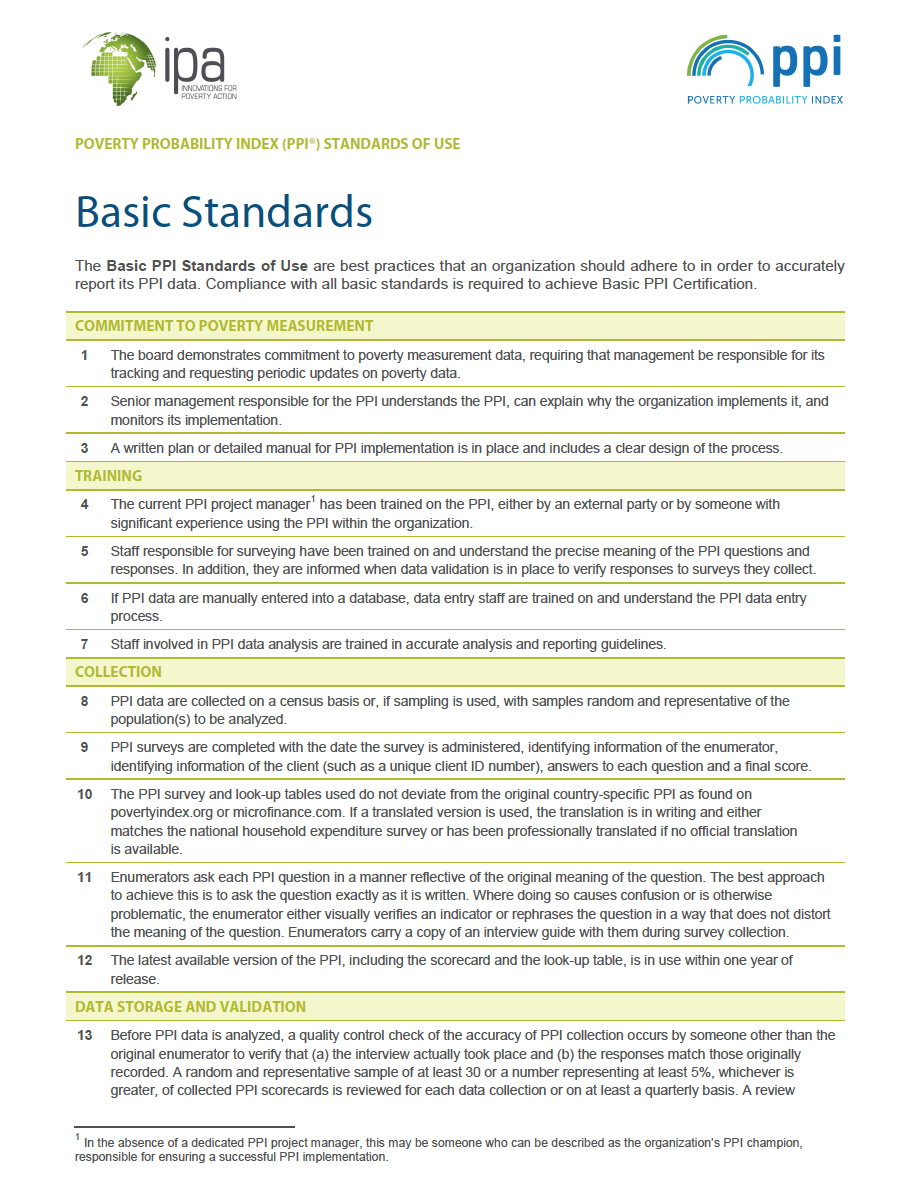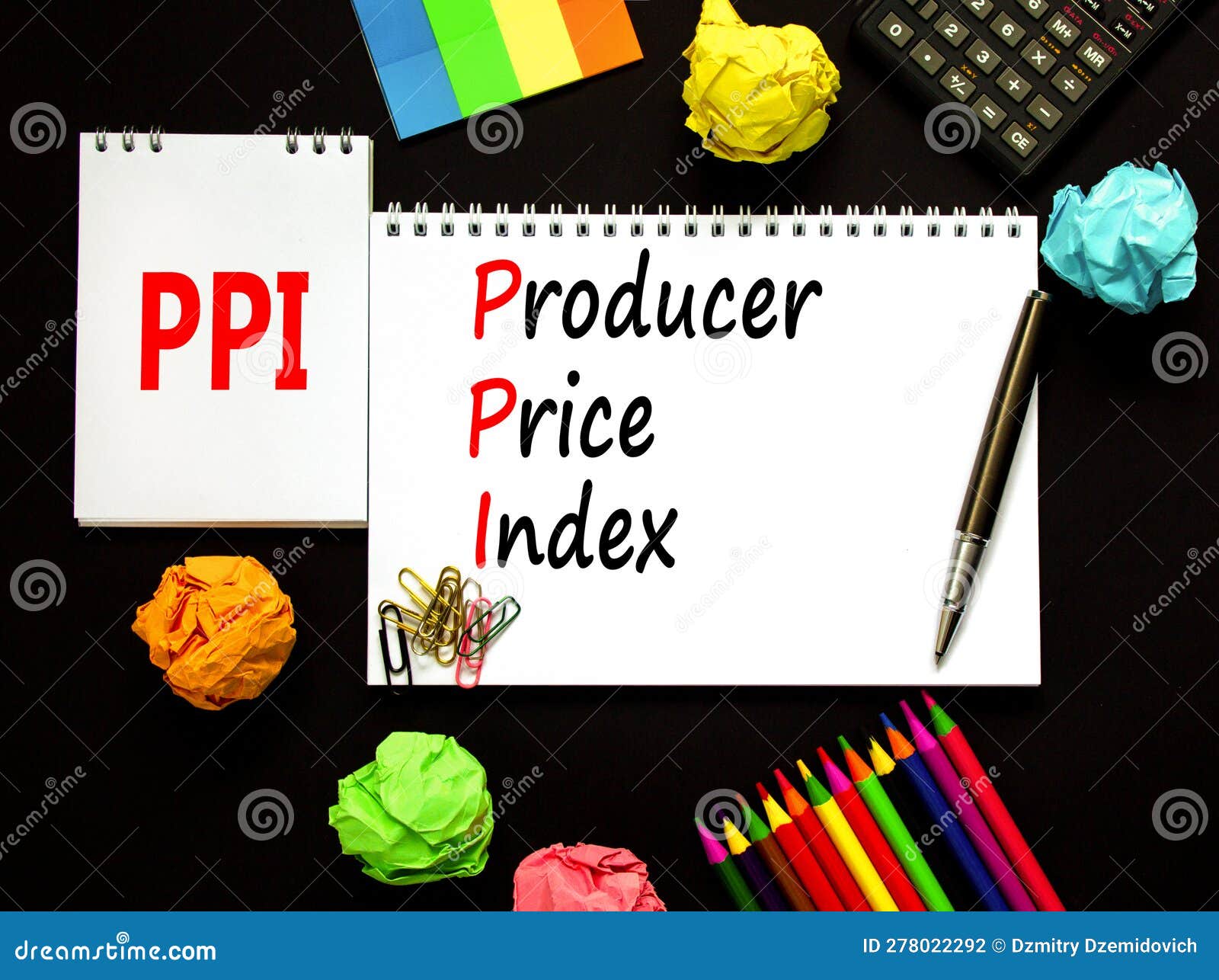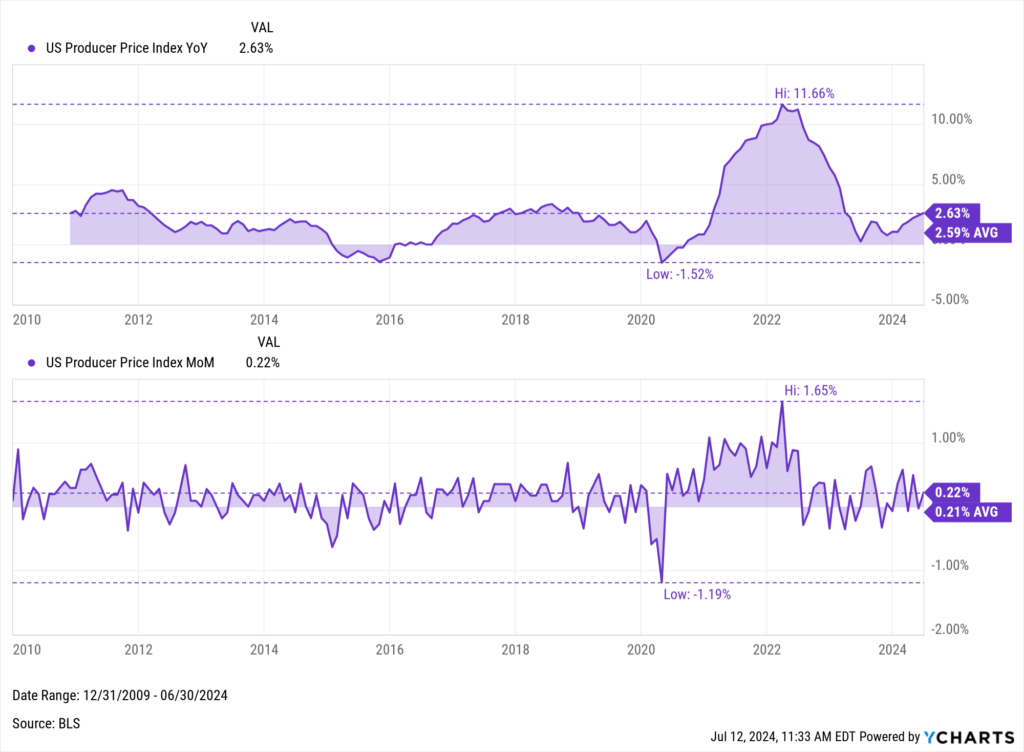Table of Contents
- PPI INDEX IMPORT - C2011 Industrial gases 2015=100 - Office for ...
- Here’s How to Trade the Producer Price Index (PPI)
- Decoding Economic Trends: A Deep Dive into the Producer Price Index ...
- What is PPI (Producer Price Index) - Why is it important for Traders?
- Standards of Use | PPI
- USB-PPI-for-Siemens-S7-200-Simatic-PLC-Programming-Cable-USB-to-RS485 ...
- What is PPI (Producer Price Index) Inflation Data? | Economic Data ...
- PPI, Producers Price Index. Concept With Keywords, People And Icons ...
- PPI Producer Price Index Symbol. Concept Words PPI Producer Price Index ...
- Understanding the Latest US Producer Price Index (PPI) Trends | YCharts


What is the Producer Price Index (PPI)?



Latest PPI Numbers: Key Highlights



Implications of the Latest PPI Numbers
The latest PPI numbers have significant implications for the U.S. economy. The increase in PPI suggests that inflationary pressures are still present, which could lead to higher interest rates and reduced consumer spending. On the other hand, the modest increase in the index for final demand services suggests that the economy is still growing, albeit at a slower pace. The PPI numbers also have implications for businesses and investors. Companies that produce goods and services may see an increase in their production costs, which could lead to higher prices for consumers. Investors, on the other hand, may see the PPI numbers as a sign of inflationary pressures and adjust their investment strategies accordingly. In conclusion, the latest PPI numbers released by the BLS provide valuable insights into the U.S. economy. The increase in PPI suggests that inflationary pressures are still present, and businesses and investors must take this into account when making decisions. As the economy continues to evolve, it is essential to keep a close eye on the PPI numbers to understand the trends and implications for the future.For more information on the PPI and other economic indicators, visit the U.S. Bureau of Labor Statistics website. Stay up-to-date with the latest economic news and trends to make informed decisions for your business and investments.
Keyword density: - PPI: 1.2% - U.S. Bureau of Labor Statistics: 0.8% - inflation: 0.6% - economy: 0.6% - Producer Price Index: 0.4% Meta Description: Get the latest insights on the Producer Price Index (PPI) numbers from the U.S. Bureau of Labor Statistics. Understand the implications of the PPI on the U.S. economy and make informed decisions for your business and investments. Word Count: 500 words.